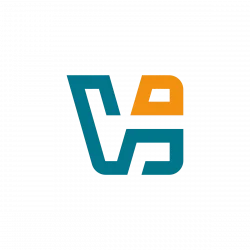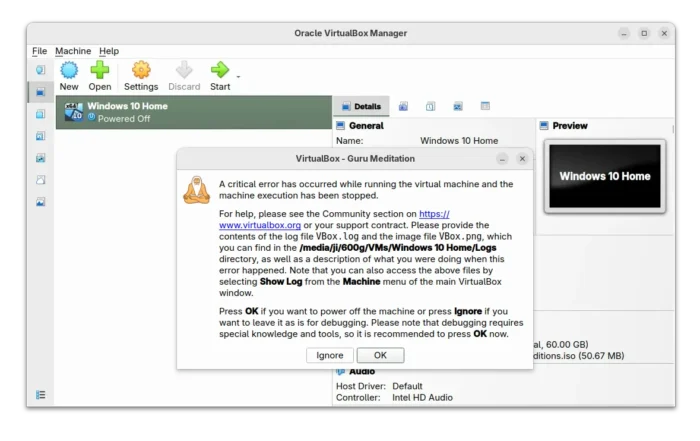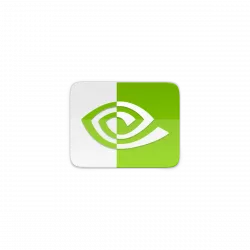Oracle VirtualBox, announced the first maintenance update for the 7.2 release series few days ago.
VirtualBox 7.2.2 fixed various crash issues and regressions in the major 7.2.0, it as well added some minor new features.
First, it fixed the issue that TPM 2.0 emulation does not work with certain guests, brings back secure boot, TPM based disk encryption, Windows Hello, etc features for your virtual machines.
For Linux hosts who use KVM (Kernel-based Virtual Machine), VirtualBox will shows “Guru Meditaion” critical error when trying to start a VM, due to conflict.
It fixed the conflict by using KVM APIs for acquiring/releasing VT-x, which however needs Kernel 6.16.0 or higher. For earlier Kernel releases, host needs to disable the KVM kernel module for being able to start VBox VMs properly.
VBox 7.2.2 also improved Windows 11 support by adding legacy light/dark themes from Windows 10. It added a new experimental type of e1000 adapter (82583V), though requires the ICH9 chipset. And, the virtual USB webcam is now part of the open source base package.
Others are primarily bug-fixes, including fixes for various crashes, such as VM startup crash on Arm host, VBox Manager crashes when VM has a lot of snapshots, when attempting to show error notifications too early, while removing all VMs from VM list, and when trying to add a VM on Linux host.
There are as well following issues that have been fixed in VirtualBox 7.2.2. They include:
- virtual machine not able to start on Windows Arm host.
- error notifications could not be displayed on snapshot deletion.
- invisible menus on Linux host.
- NAT network does not work.
- USB/IP backend not work.
- high CPU usage on Arm host when VM is idle.
- Linux guest additions reporting unable to load shared libraries on start.
- guest additions installation fail on Windows XP SP2 64-bit.
For more, see the official ChangeLog page.
Download & Install VirtualBox 7.2.2
The official installer packages and extension package are available to download in its website via the link below:
For Ubuntu, simply select download the DEB package for your system version from this page. Then click open with either Ubuntu Software or App Center and install.














